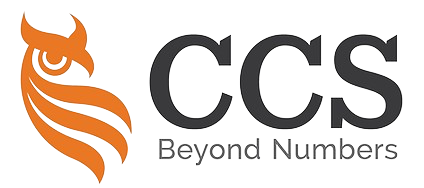
The change from “real-time or near real-time validation” to “near real-time validation” seems to be providing more flexibility and clarity on the timing of the e-Invoice validation process.
“Near real-time validation” implies that the validation happens very quickly after submission but not necessarily instantaneously.
从 “实时或近实时验证 “到 “近实时验证 “的变化似乎为电子发票验证过程的时间安排提供了更大的灵活性和清晰度。
“近实时验证 “意味着验证在提交后很快进行,但不一定是即时进行。
By changing it to “near real-time validation”, it opens up the possibility that the validation could happen either:
1) In real-time – meaning instantaneously or with an imperceptible delay upon submission of the e-Invoice.
2) Or in near real-time – meaning with a slight delay, but still very quickly after submission.
The key impact and reason for this change is to account for the fact that while the system aims for real-time validation, there may be instances where due to high volumes or other factors, the validation may not be truly instantaneous but still extremely fast (near real-time).
This phrasing provides more accurate expectations and covers both the ideal real-time scenario as well as any instances where there is a slight delay but still very rapid validation occurring.
It gives the e-Invoicing system a bit more flexibility in terms of managing volumes and loads, while still committing to a highly efficient and prompt validation process – either real-time or as close to real-time as possible.
So in summary, it is a minor change to set appropriate expectations and provide a small buffer, in case rare scenarios arise where validations cannot be precisely real-time but still occur almost instantaneously after submission.
从 “实时或近实时验证 “到 “近实时验证 “的变化似乎为电子发票验证过程的时间安排提供了更大的灵活性和清晰度。
“近实时验证 “意味着验证在提交后很快进行,但不一定是即时进行。
将其改为 “近乎实时验证 “后,验证就有可能在以下两种情况下进行:
1) 实时–即在提交电子发票时立即进行或有不易察觉的延迟。
2) 或接近实时–即在提交后稍有延迟,但仍然很快。
这一改动的主要影响和原因是,虽然系统的目标是实时验证,但在某些情况下,由于工作量大或其他因素,验证可能无法真正做到即时,但仍然非常快(接近实时)。
这种措辞提供了更准确的预期,既包括理想的实时情况,也包括稍有延迟但仍能快速验证的任何情况。
它使电子发票系统在管理数量和负载方面有了更大的灵活性,同时仍致力于高效、迅速的验证过程–实时或尽可能接近实时。
因此,总的来说,这只是一个小的改动,目的是设定适当的期望值,并提供一个小的缓冲区,以防出现无法精确实时验证但在提交后仍几乎即时验证的罕见情况。
🌻🌻🌻🌻🌻🌻🌻🌻🌻🌻🌻🌻






